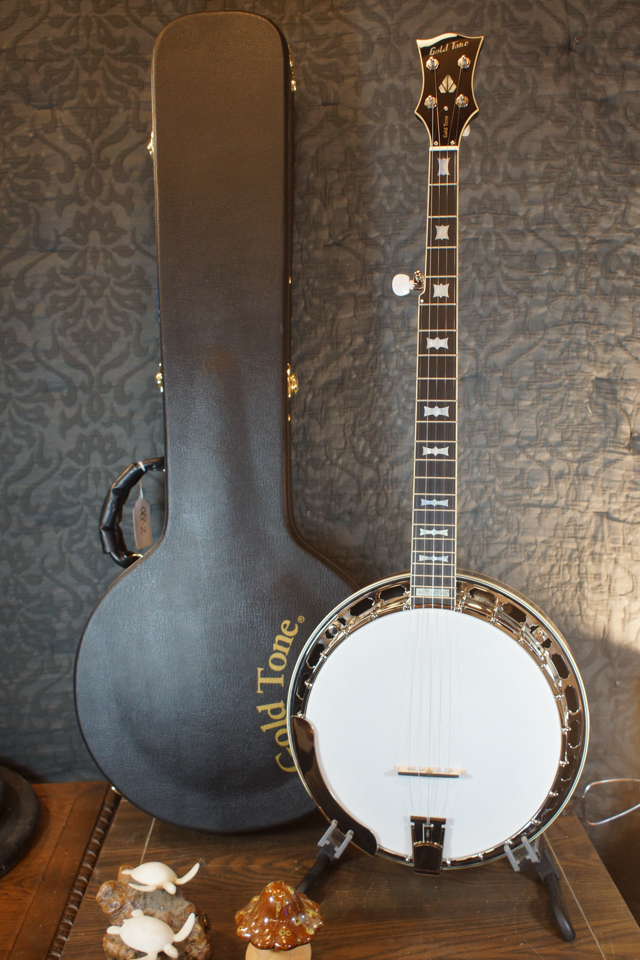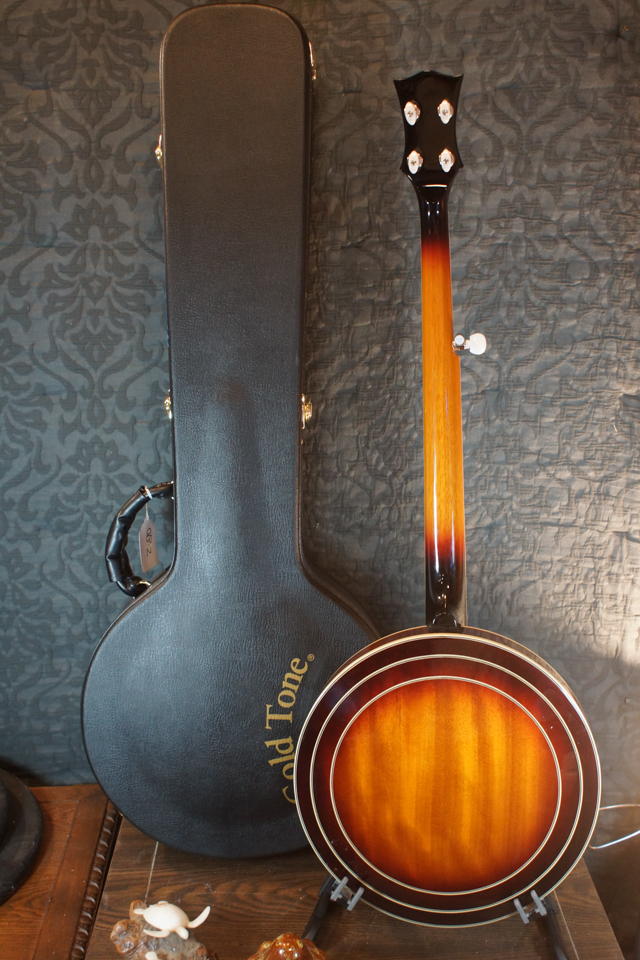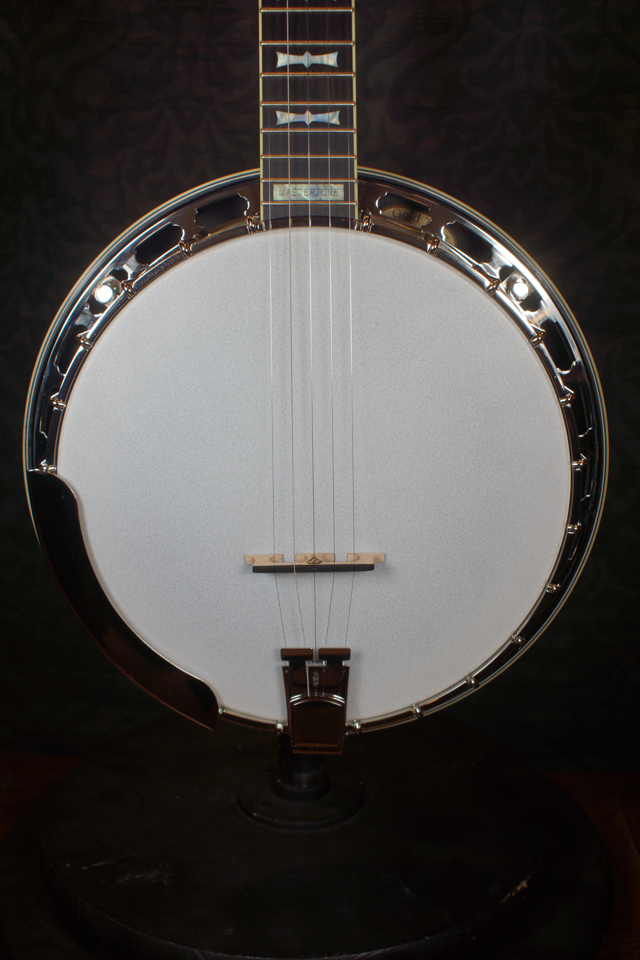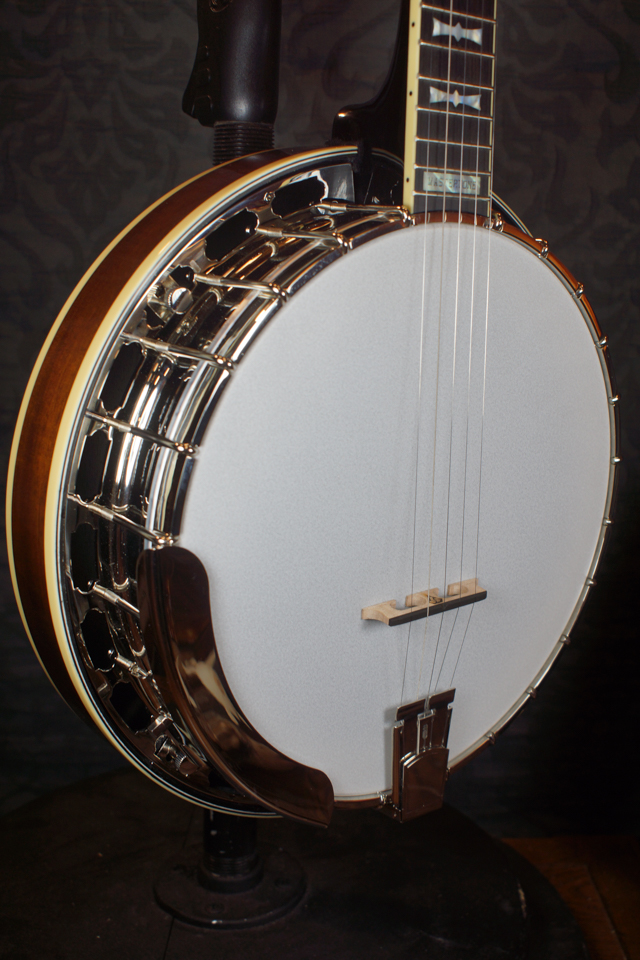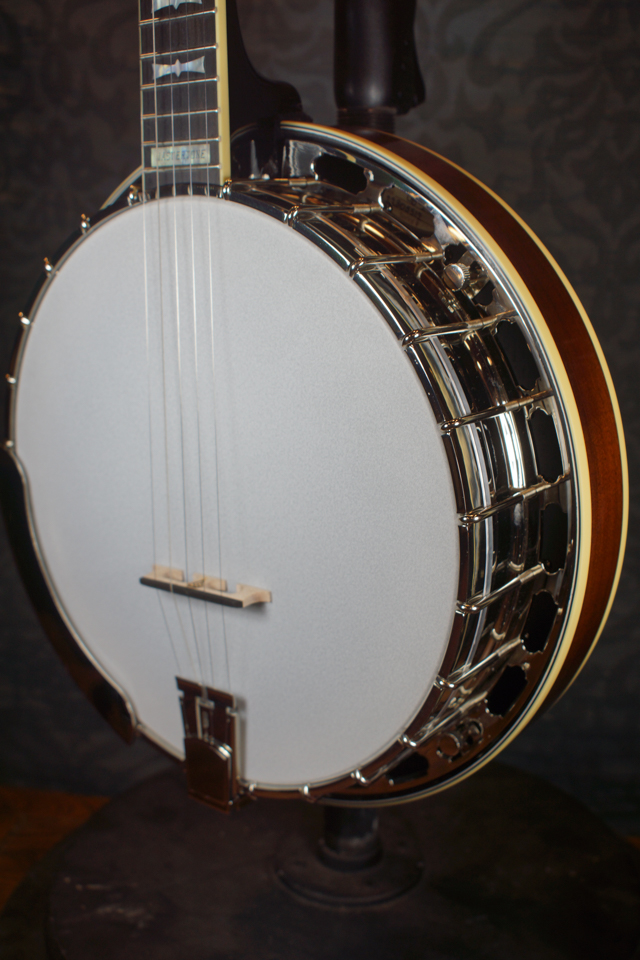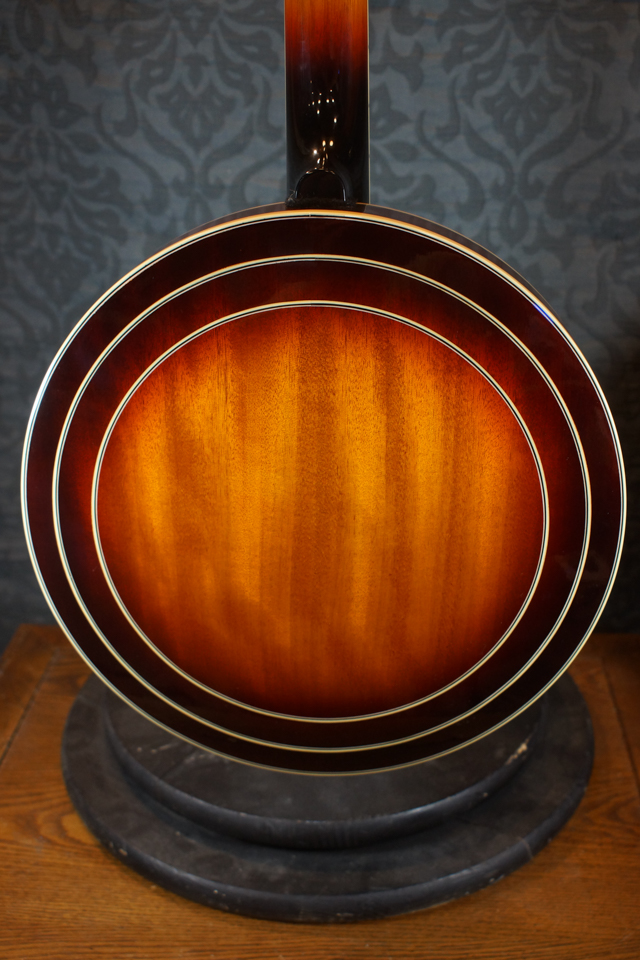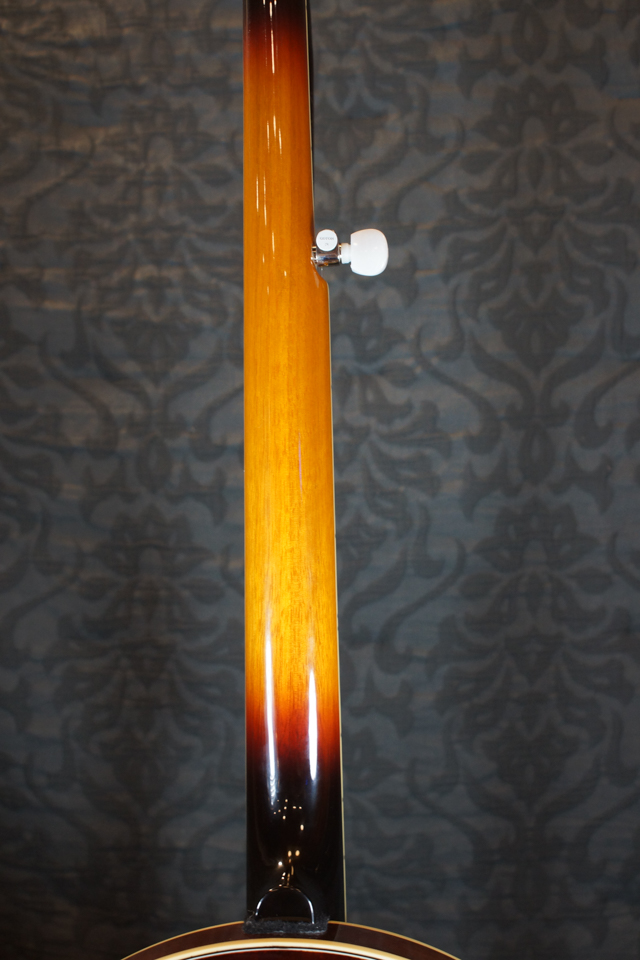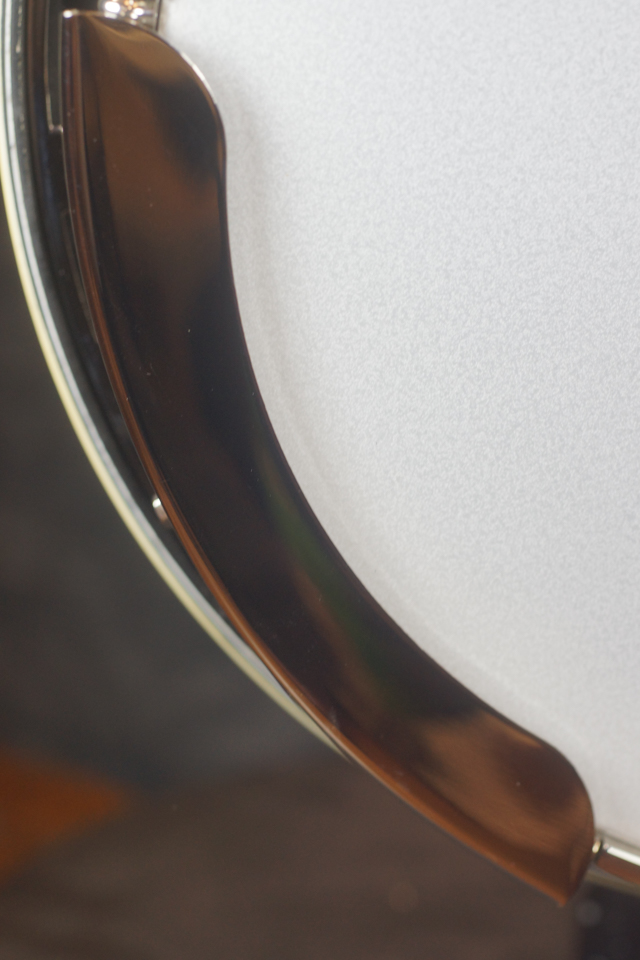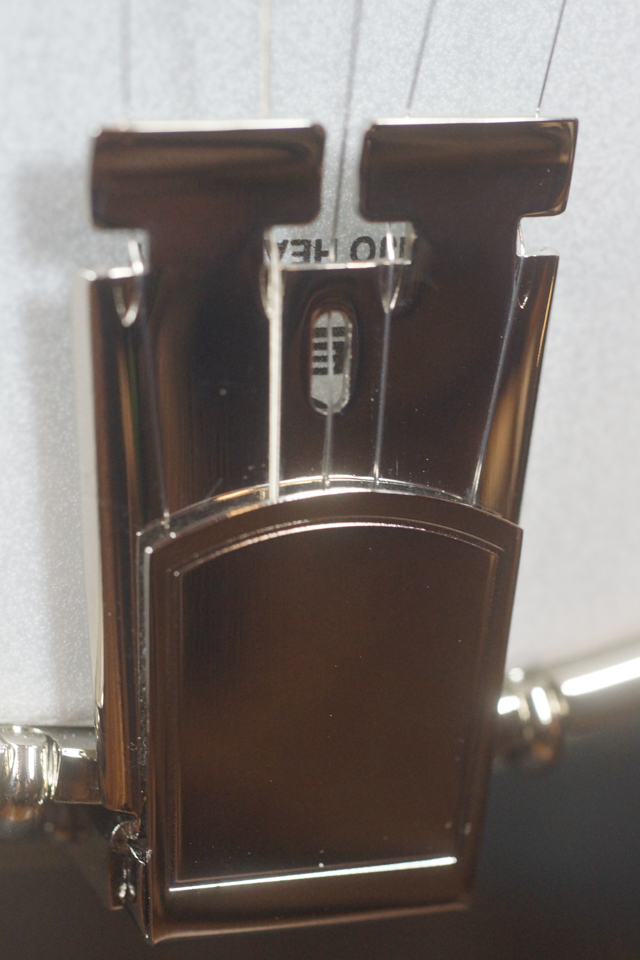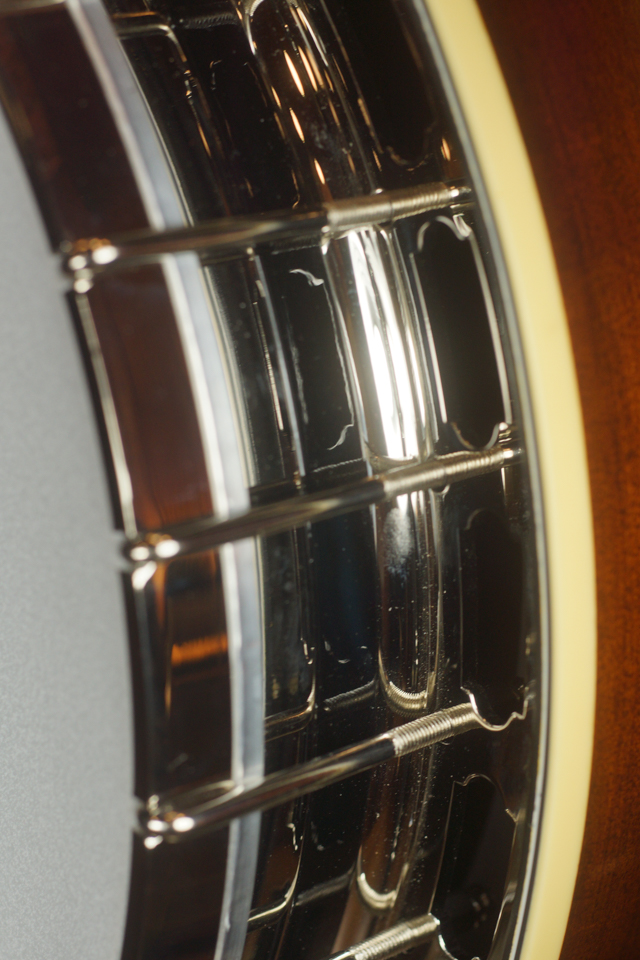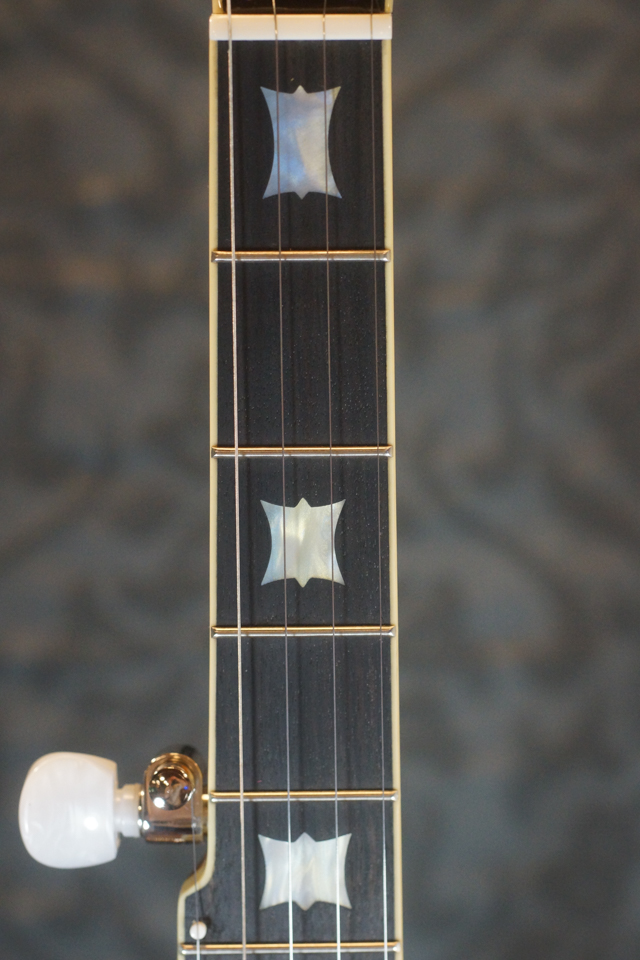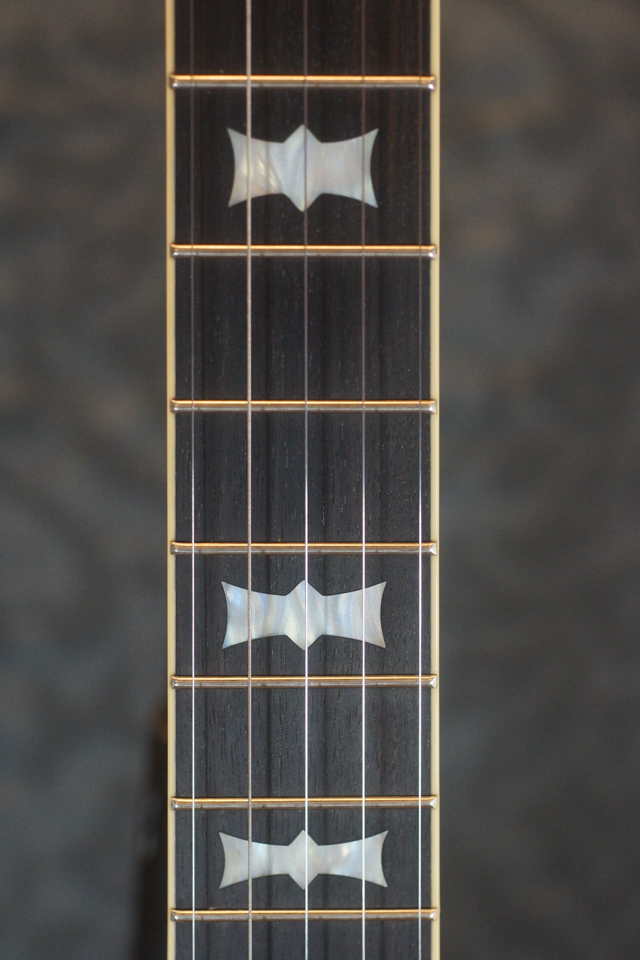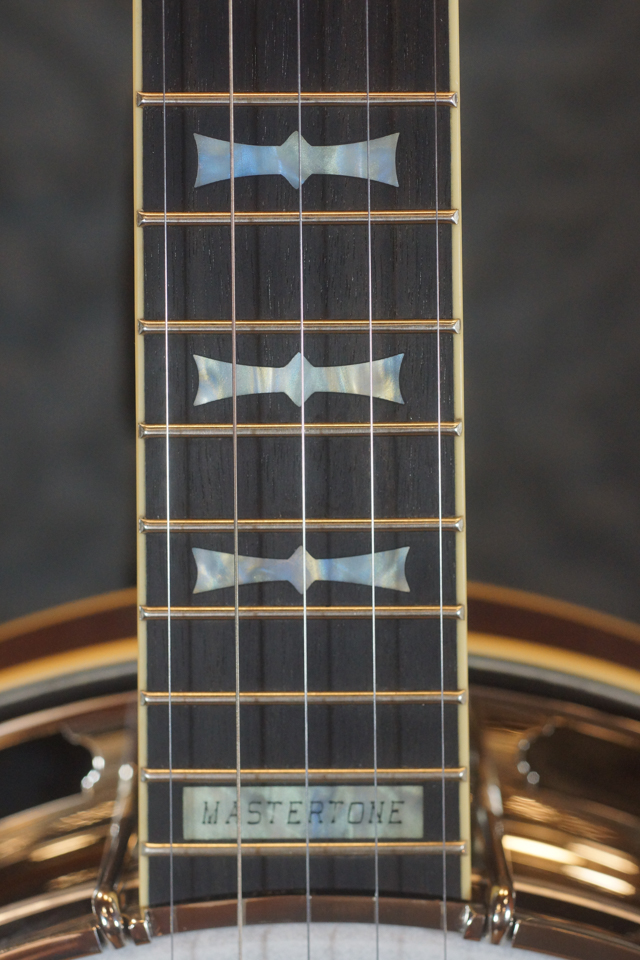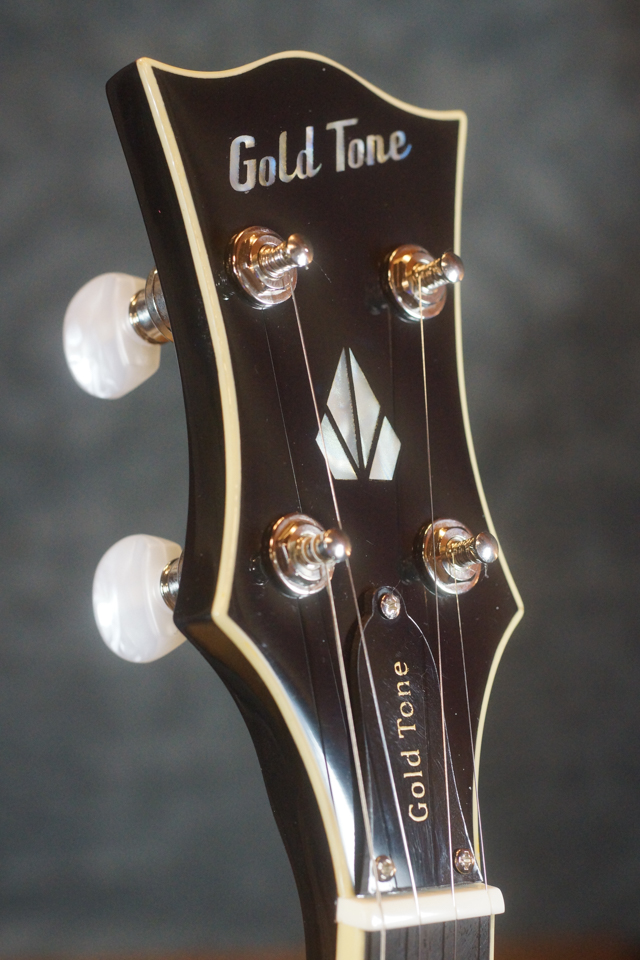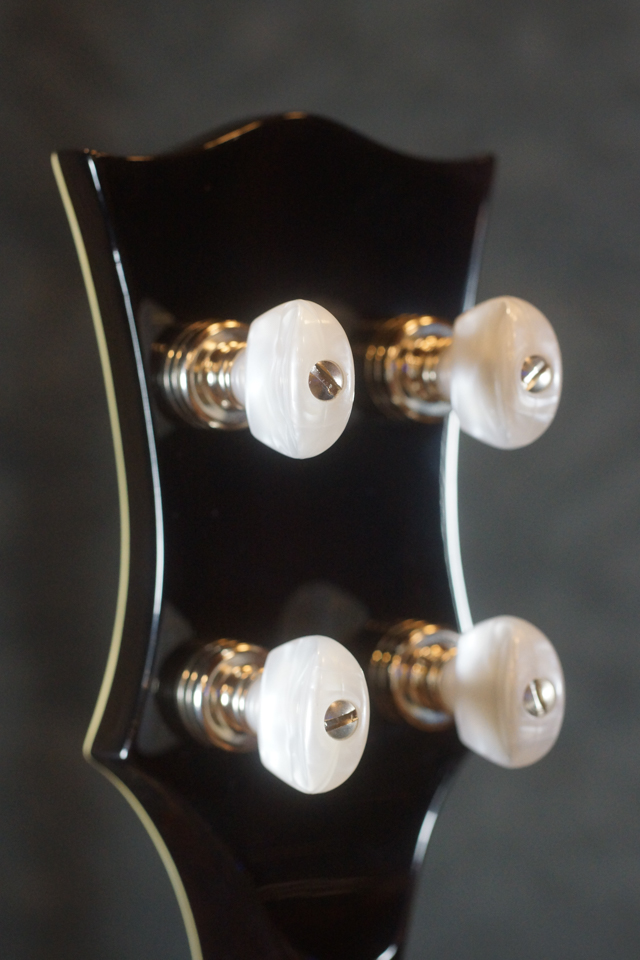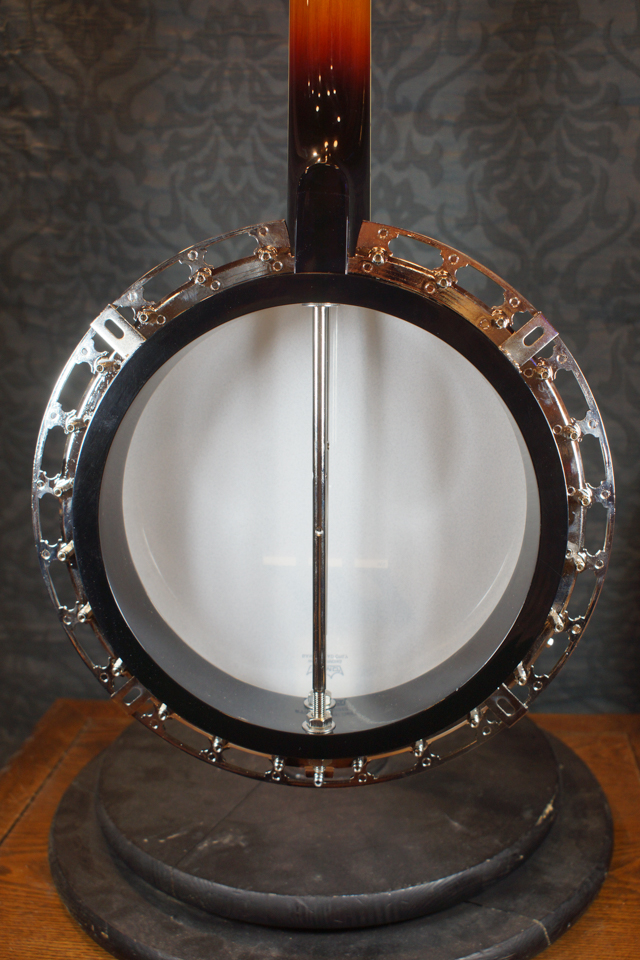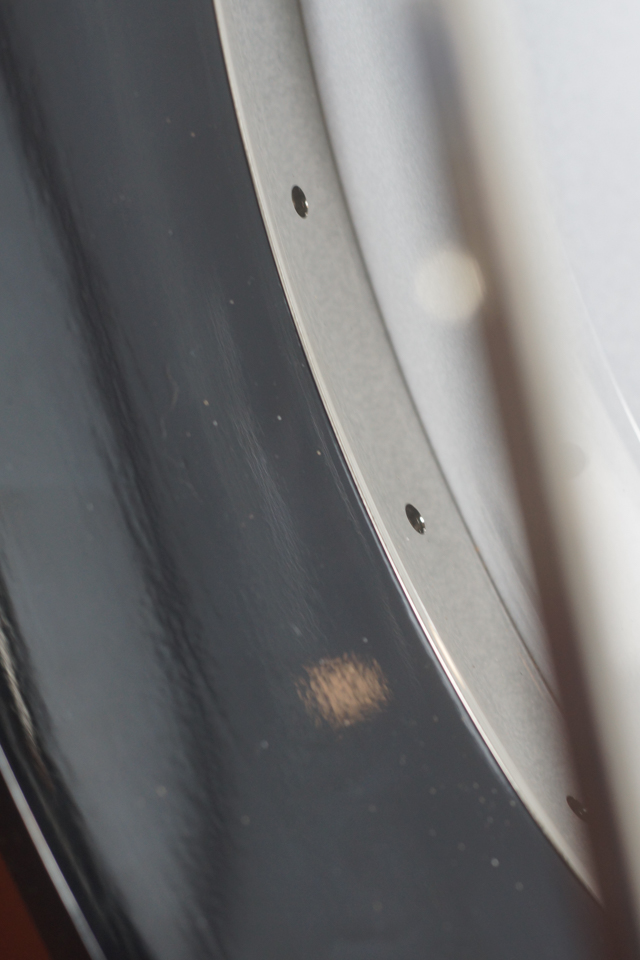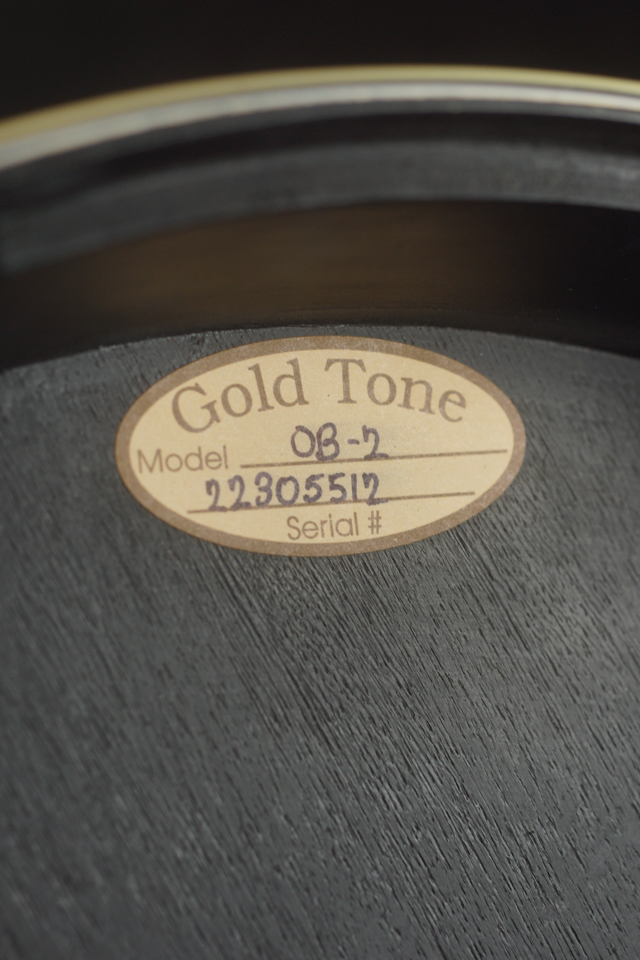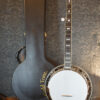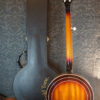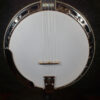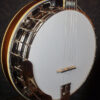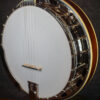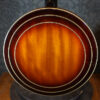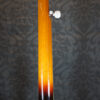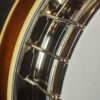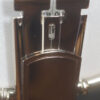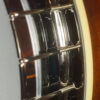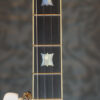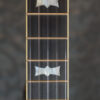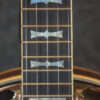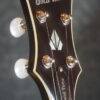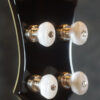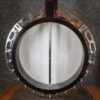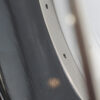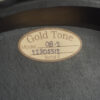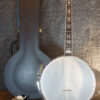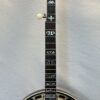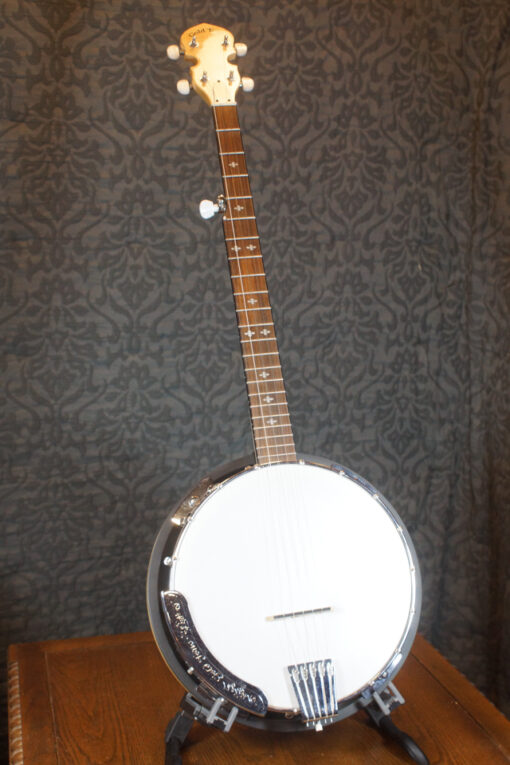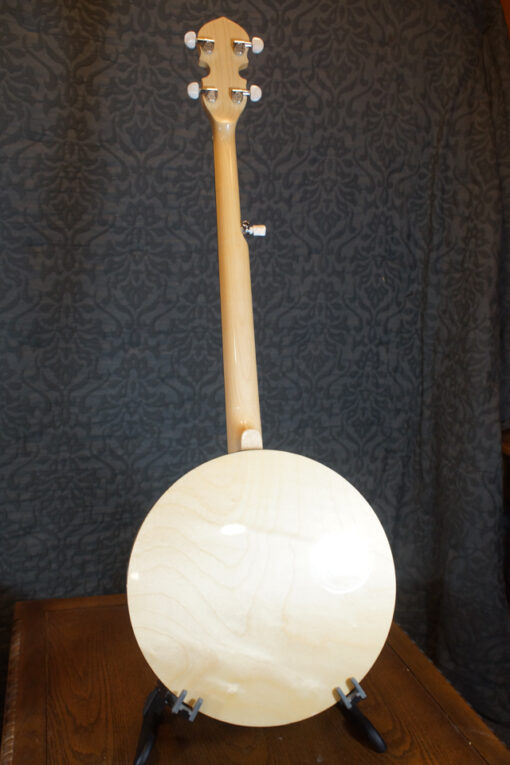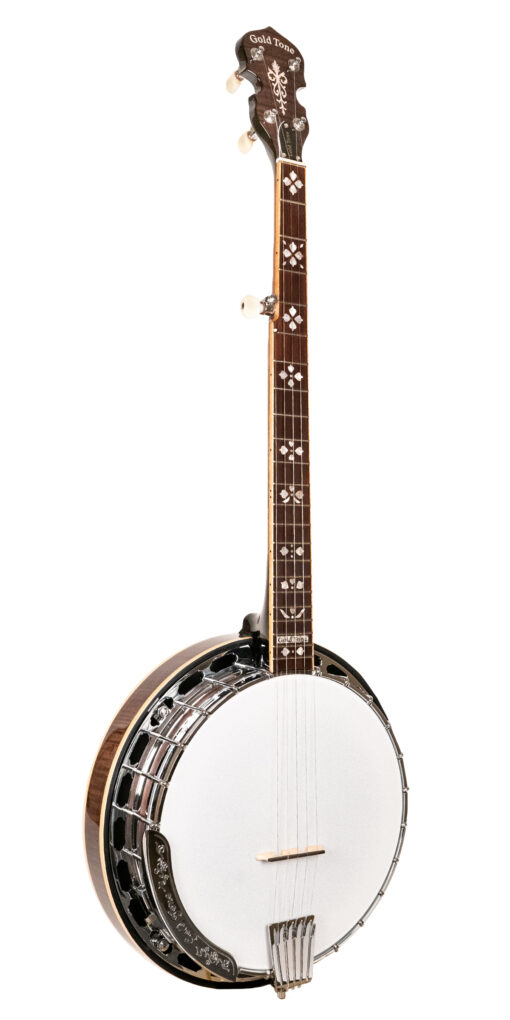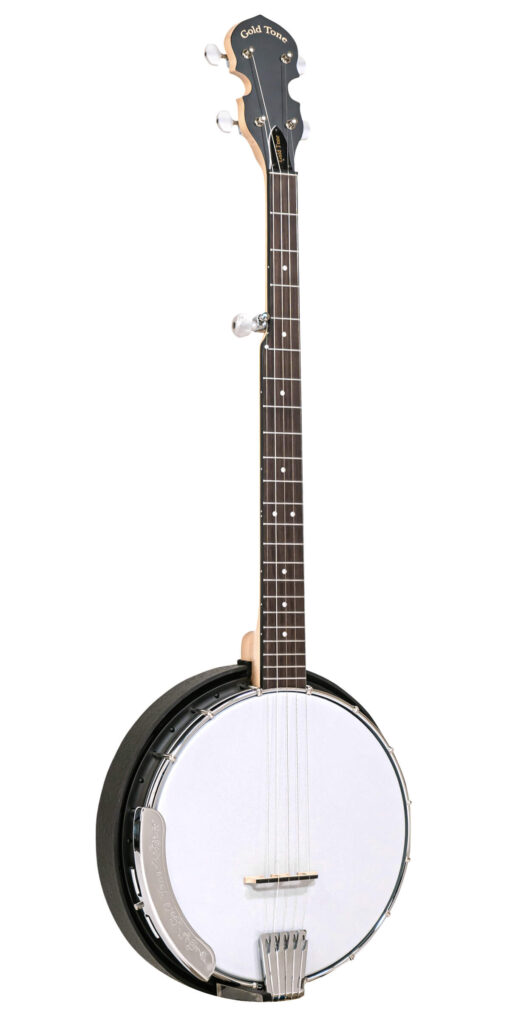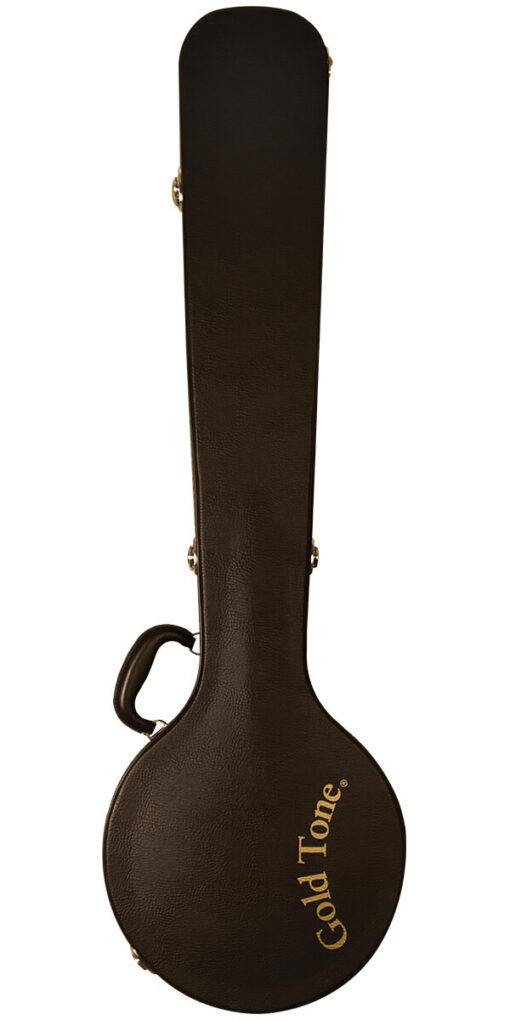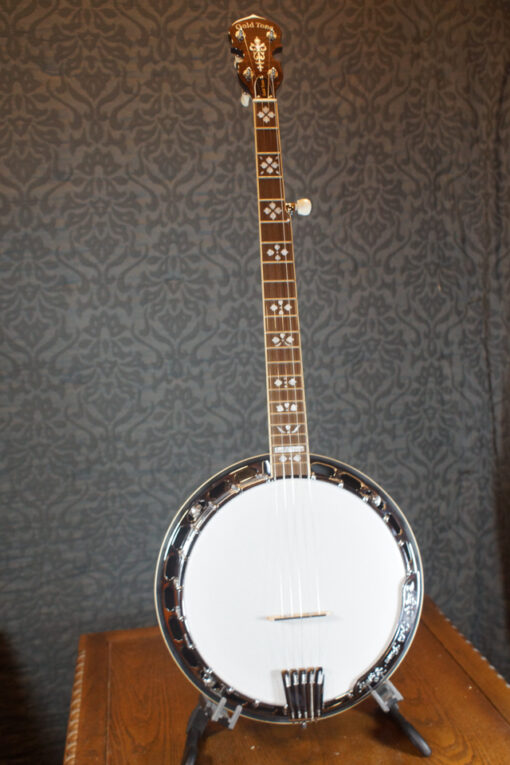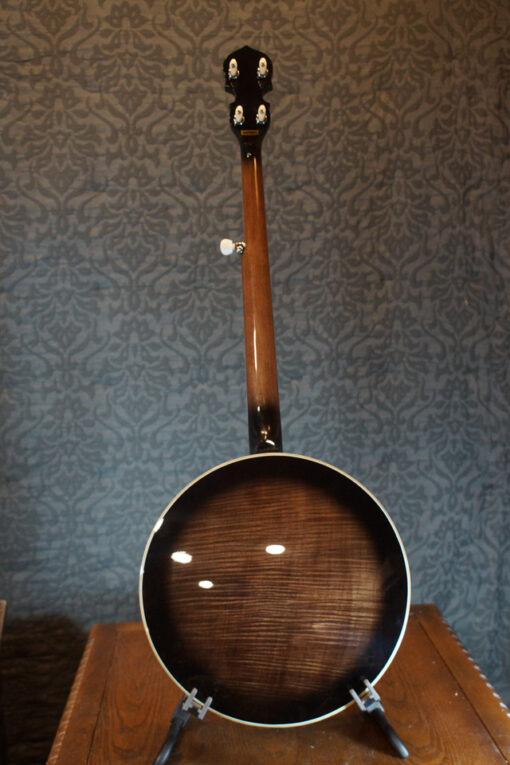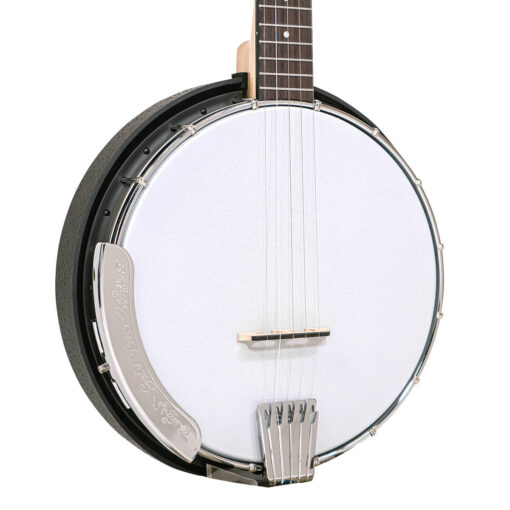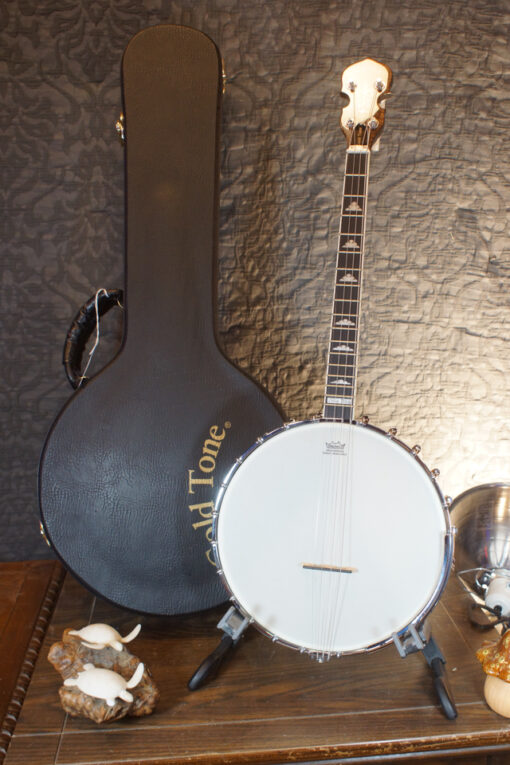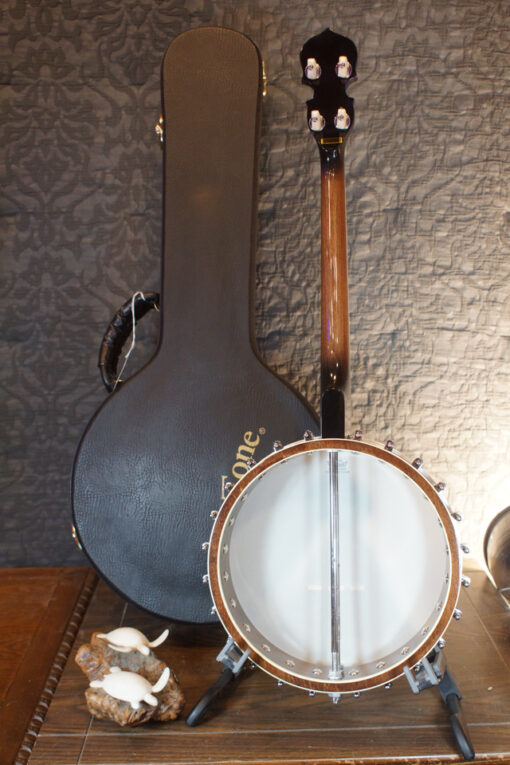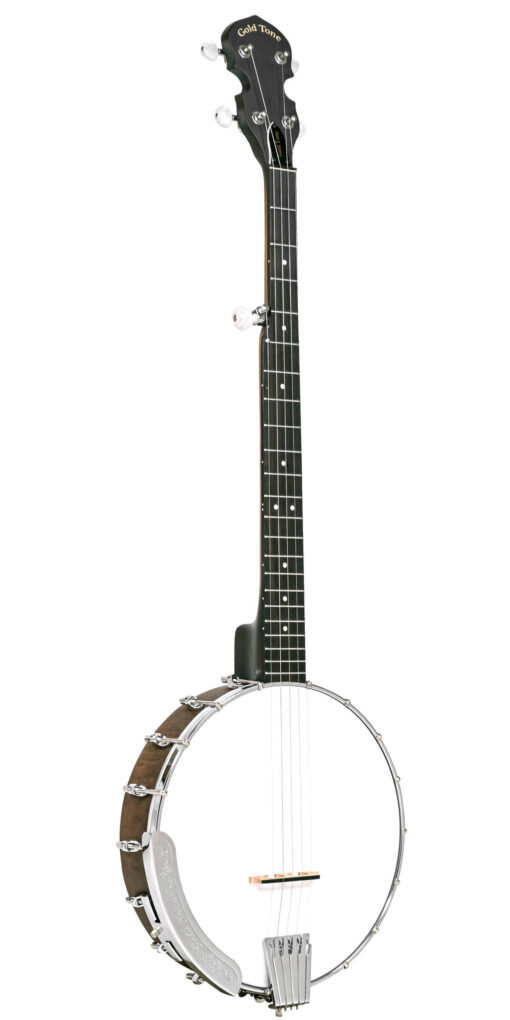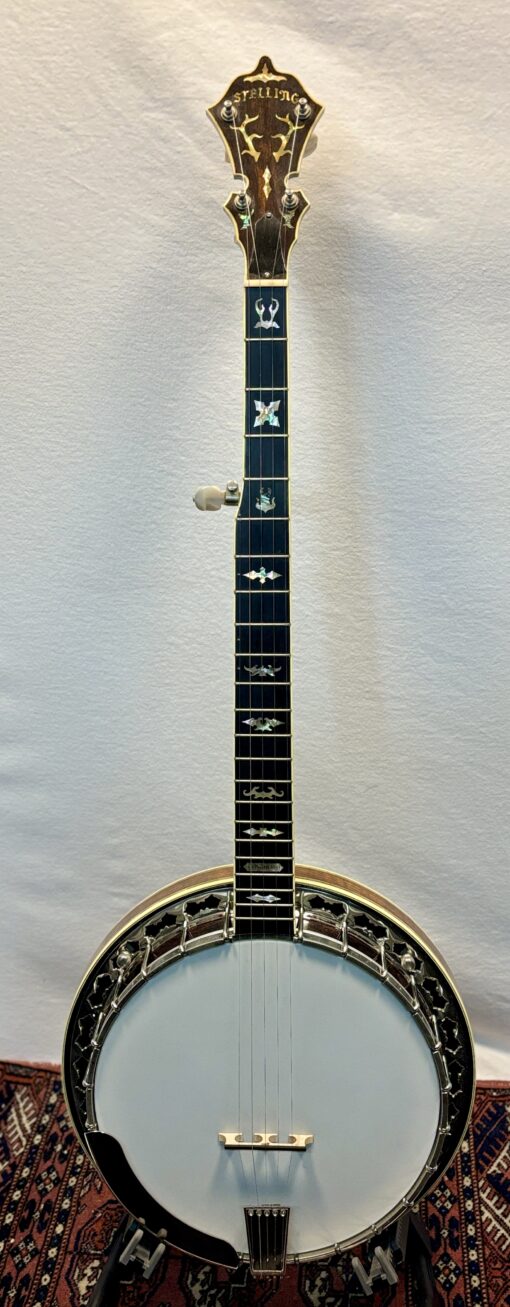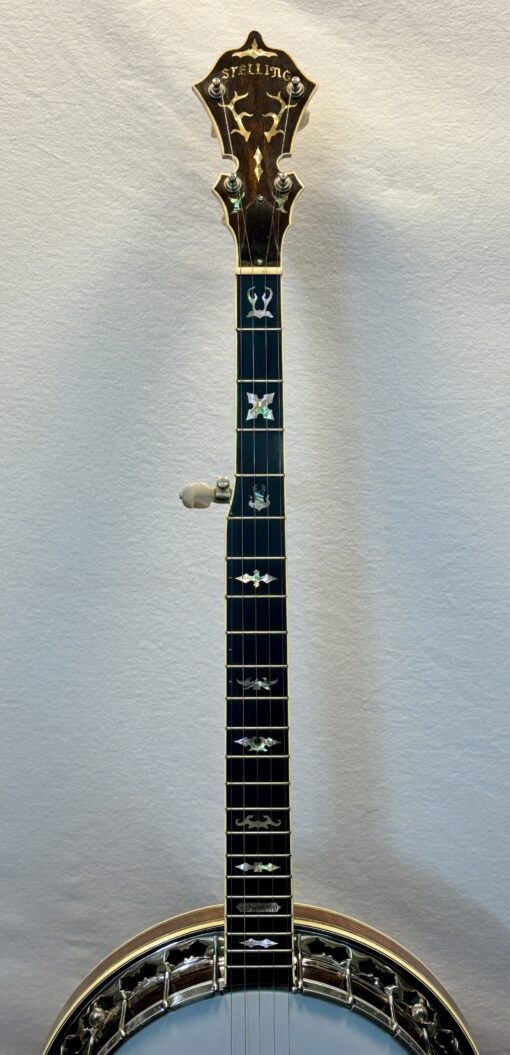NEW Gold Tone OB-2 Bowtie 5 string Banjo with Gold Tone Hardshell Case
$ 1,999.99 Original price was: $ 1,999.99.$ 1,199.99Current price is: $ 1,199.99.
We set about creating a worthy modern evocation of this tremendous old banjo: the Gold Tone OB-2 Bowtie. The feature set resembles the original banjo: a mahogany neck, maple resonator, beautiful golden sunburst finish, and even a nineteen-hole flathead tone ring. Updated features include superb-quality Gotoh machine heads, the renowned Dotson bridge, a Presto-style tailpiece, and dual coordinator rods for precise adjustment.
In stock
From Gold Tone Representative Marc Horowitz:
“In 1963, I was a junior in high school. I was consumed then (as now) with all things banjo. I was playing a Seeger-style longneck Bacon banjo, but I’d recently learned that what I needed for Bluegrass was a MASTERTONE. In those days, there was no “vintage” craze; the banjos from the 1930s (only thirty years before) were just, well… used. Some players had one; some didn’t. Many big Bluegrass names (Scruggs, Reno, Crowe, etc.) had pre-war banjos, but others (Alan Shelton, for example) played a contemporary bowtie banjo.
I decided that THAT’s what I would get. My father liberated some of my bar mitzvah money, and I went to Roger Sprung’s place to buy a bowtie Mastertone. I was over the moon! I practiced hard and made the rapid progress you achieve when you acquire a professional-grade instrument. While this was happening, the “pre-war” Mastertones mystique was coming onto every picker’s radar. Suddenly, EVERYONE wanted a nineteen-thirties banjo! The race was on, and I fell for the legend. When a friend offered to sell me his 1926 RB-5, I made it happen; I sold the bowtie.
Fast forward to around ten years ago. I was musing one day about all of the banjos that had passed through my hands over the previous four decades. I fondly remembered that first Mastertone bowtie I had bought in 1963. I wondered what I would think of one of those now if I found one. I’d learned a lot about banjo setup over the past forty years. Maybe I could get one of these and optimize it for today’s playing styles.
It’s worth mentioning that while a pre-war banjo was thirty to forty years old back in the sixties, a bowtie Mastertone from ’63 is now SIXTY years old! I located a mint condition ’63 and bought it. After I finished setting it up, it was… WOW. I still have it. I found more examples and bought, fixed up, and resold them to eager buyers. Today, a clean early sixties bowtie brings five to six thousand dollars, and they sell quickly. These are great banjos.
Since the success of Gold Tone’s OB-3 Twanger, we were kicking around ideas for the following tribute banjo when the bowtie banjos of 1960 to mid-1964 were brought up. This was when the bowtie was at its peak of quality. This time, a unique nineteen-hole flathead tone ring (versus the previous twenty-hole version) was used. The banjos were built in Kalamazoo by some of the same people who worked there in the thirties, and the tone rings were still cast by the same foundry that made them back before The War. A full-thickness rim and nickel-plated hardware were still used as well.
With those specs in mind, we set about creating a worthy modern evocation of this tremendous old banjo: the Gold Tone OB-2 Bowtie. The feature set resembles the original banjo: a mahogany neck, maple resonator, beautiful golden sunburst finish, and even a nineteen-hole flathead tone ring. Updated features include superb-quality Gotoh machine heads, the renowned Dotson bridge, a Presto-style tailpiece, and dual coordinator rods for precise adjustment.
From our hands to yours, the value is superb, and the tone and playability are excellent. Enjoy!”
All Gold Tone instruments are set up in Titusville, FL. USA 
Email: our email is easy to find online
Follow us on Facebook
Find us on Reverb
Watch us on Youtube
ABOUT:
Geoff Hohwald has been playing banjo since the 1960s. As a teenager, while studying at Ohio State University, he became active in the thriving bluegrass community in Ohio. He has played professionally as a guitarist and banjo player with several bands ever since. After college, Geoff moved to Atlanta and co-founded the Watch and Learn publishing company. They now publish a full line of musical instrument instruction books and digital modules. He also owned several music stores in Atlanta from the 1980s through the mid-2000s.
Banjo Warehouse is a family business with more than 40 years of experience in musical instrument retail sales and education. Our focus is on the 5-string flathead banjo, but we also occasionally have a good selection of guitars and mandolins (and other folk instruments)
Related products
New Gold Tone CC100R Banjo with Guitar Style Tuners. Includes Gig Bag
The Orange Blossom (OB) banjos harken back to Gold Tone's early days and their popularity hasn't diminished over the decades. These professional-grade banjos evoke the great pre-WW ll banjos played by the Masters: Earl Scruggs, Don Reno, J.D. Crow all depended on those great banjos from the Midwest USA to power their sound. The OB-250 has everything needed to produce THAT tone: a sand-cast bell brass flathead tone ring, a cast one-piece resonator flange circling a multi-ply maple rim with twin coordinator rods and an extra-deep curly maple multi-ply resonator for better low-end response. The curly maple neck has a bound ebony fretboard with hearts & flowers inlay. The bracket hooks even have metric threading to enable finer tension adjustment. The price includes a hard shell case. Available as left-handed model.
Left-handed Mastertone™ OT-800: Old Time Tubaphone-Style Banjo with Case The Old Tone OT-800 pays homage to one of the most sought-after banjos of the “classic” period (1890 to 1930) when the Boston School of banjo making was the highest expression of the art. The pot sports a pre-WW II-style Tubaphone tone ring, which adds pleasing [...]
Left Handed Gold Tone OB250 Orange Blossom 5 string Banjo
Gold Tone brings back the high-quality, low-priced beginner Bluegrass banjo!
New Left Handed Gold Tone IT250 Irish Tenor Banjo. Strong quality at a Stronger Value.
The Cripple Creek CC-50 is an entry-level banjo designed for easy learning, specifically designed to play effortlessly, sound great and be affordable.
This 1977 Stelling Staghorn Five-String Resonator Banjo is in excellent condition. It was very seldom played, if at all. This banjo has a binding of abalone shell pearl along the inlay, neck, heel, and on both sides of the resonator.

